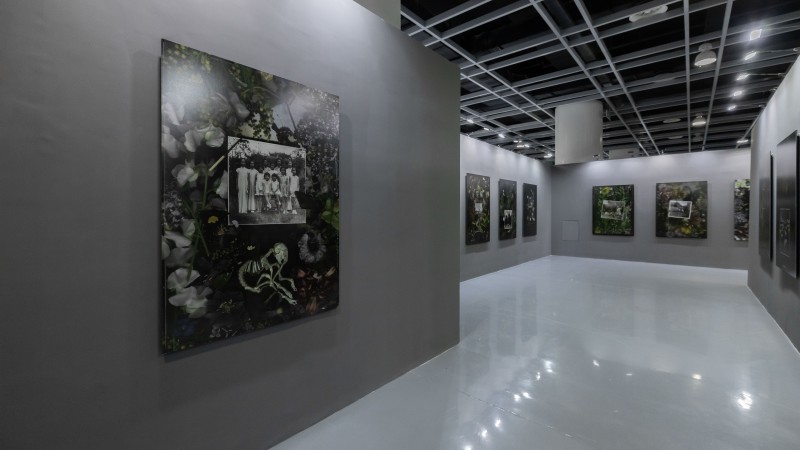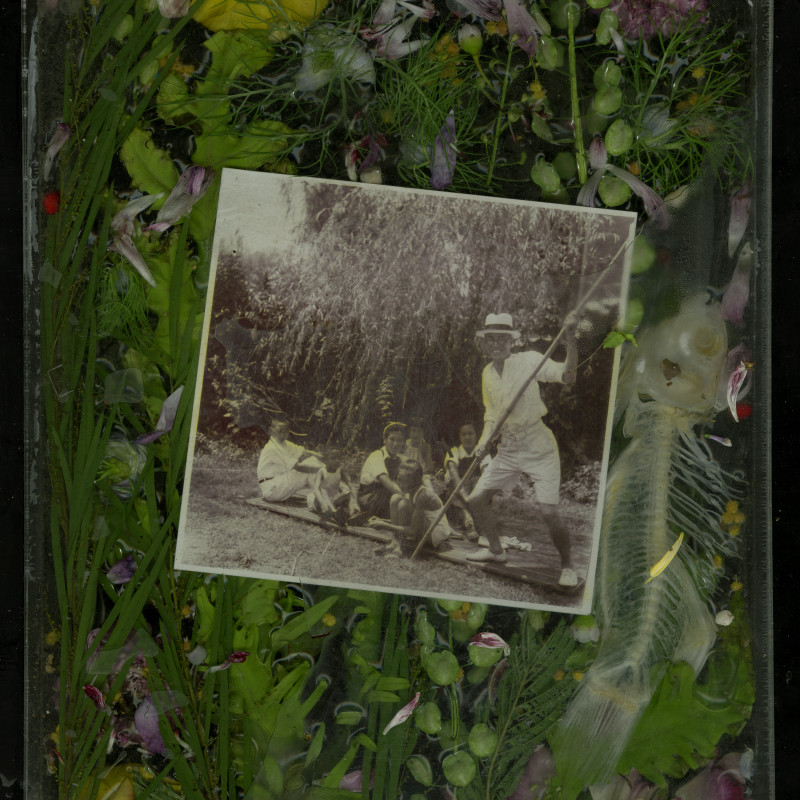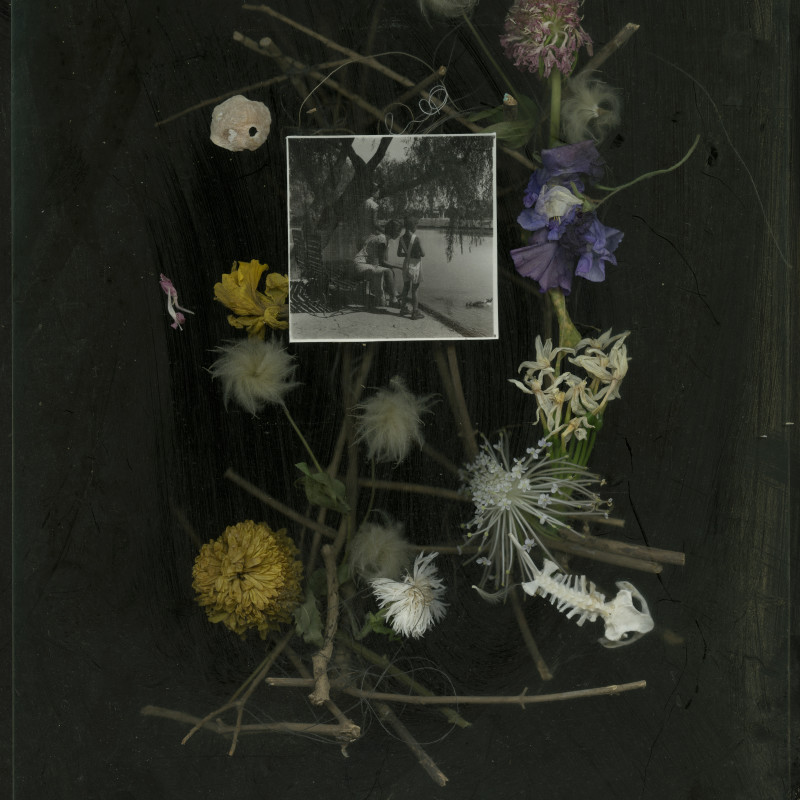Artist
Maleonn
Born in 1972 in Shanghai, Maleonn now lives and works in Shanghai.
He studied art since childhood, and graduated from Shanghai Huashan Fine Arts School and Fine Arts College, Shanghai University. From 1995 to 2003, Maleonn worked as an art director and director of advertising films. Since 2003, he have embarked on photography creation, has held more than 30 solo exhibitions around the world and participated in over 100 major photography and contemporary art group exhibitions. He has been nominated for CCAA Chinese Contemporary Art Award, IDAA (International Digital Art Award) in Queensland, Australia, Outstanding Achievement Award and Gold Award in Art Photography of the 4th Black & White Spider Photography Awards in London, UK, Gold Medal for Outstanding Work in the 8th Trierenberg Super Circuit (Austria), and Gold Award in Professional Panorama Photography category of DN International Photography Award in Warsaw, Poland.
In 2012, he initiated the art project "Studio Mobile", for which he installed his studio into a truck and a station wagon. During the 10-month travel, he visited 35 cities in China and took more than 30,000 wedding photos and family portraits for 1,600 strangers free of charge in his makeshift photo studio. More than 20,000 people signed up for the project, making it one of the most renowned art projects of contemporary photography in 2012. With this project, the artist was awarded one of the China's Top 10 Outstanding Photo Artists of the First Golden Panda Award by Chengdu Contemporary Image Museum (2019); the Silver Award of Photography of the A’Design Award (2017) and the Art Project of the Year Award byThe Outlook Magazine (2013).
In tribute to his father, a former theatre director, who suffered from Alzheimer's disease, he spent three years from 2014 to 2017 completing a large-scale stage play “Pappa’s Time Machine”, featuring puppets of a man’s height. The play debuted in North America in 2019, and was awarded for Best Cinematography in Tribeca Film Festival, New York, Best Documentary in Los Angeles Asian Pacific Film Festival, Best Documentary in Asian American International Film Festival, The First Best Documentary Award, Moscow, Belarus, Best Director of New Zealand DOCAGE Documentary Film Festival, one of the highlights at Amsterdam International Documentary Film Festival, Top 30 Documentaries of the Year by the American Documentary Association.
In the second half of 2017, he returned to photography creation and continued to work with this medium.








